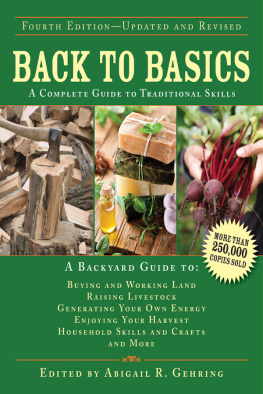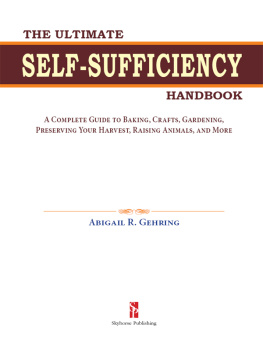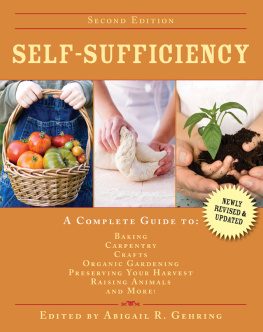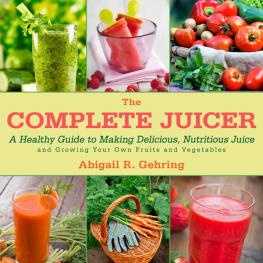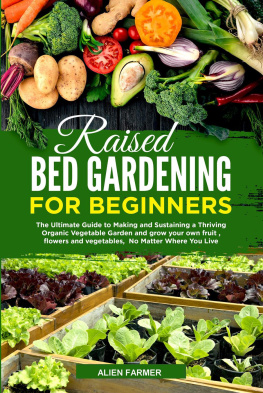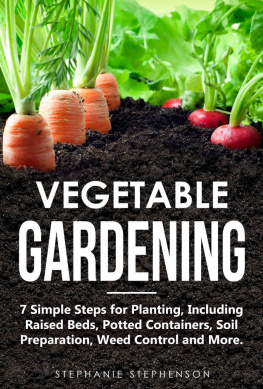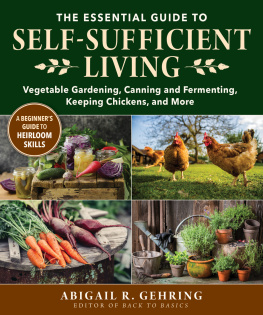
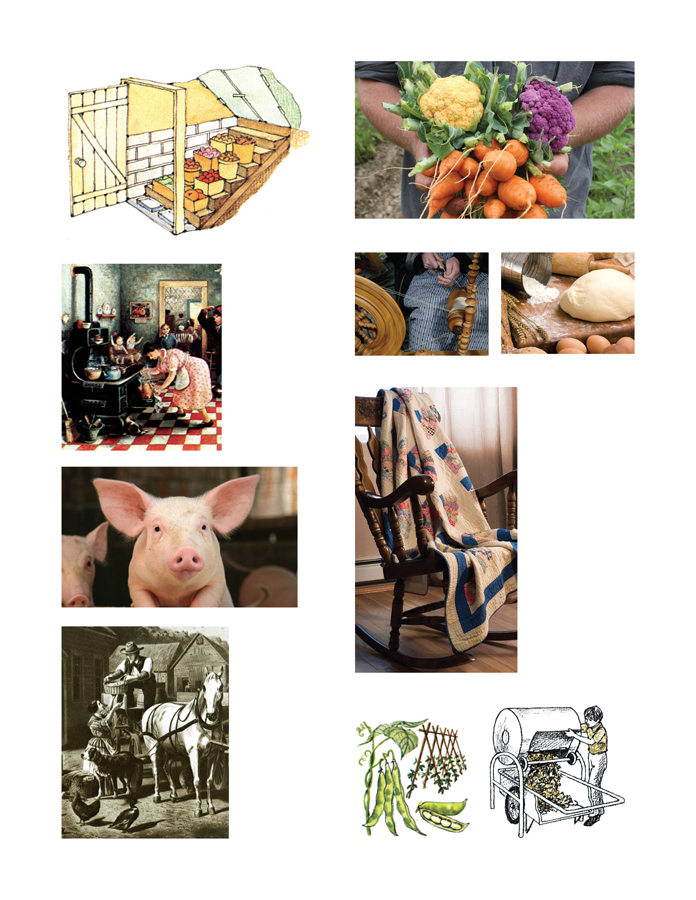
BACK TO BASICS
Copyright 2014 by Skyhorse Publishing, Inc.
All Rights Reserved. No part of this book may be reproduced in any manner without the express written consent of the publisher, except in the case of brief excerpts in critical reviews or articles. All inquiries should be addressed to Skyhorse Publishing, 307 West 36th Street, 11th Floor, New York, NY 10018.
Skyhorse Publishing books may be purchased in bulk at special discounts for sales promotion, corporate gifts, fund-raising, or educational purposes. Special editions can also be created to specifications. For details, contact the Special Sales Department, Skyhorse Publishing, 307 West 36th Street, 11th Floor, New York, NY 10018 or info@skyhorsepublishing.com.
Skyhorse and Skyhorse Publishing are registered trademarks of Skyhorse Publishing, Inc. , a Delaware corporation.
www.skyhorsepublishing.com
10 9 8 7 6 5 4 3 2 1
Library of Congress Cataloging-in-Publication Data is available on file.
Print ISBN: 978-1-62914-369-9
ebook ISBN: 978-1-62914-862-5
Printed in China

About This Book
Back to Basics has been inspiring people to live a simpler life since 1981, two years before I was born. As a little girl, I thought everything my big brother did was genius, and so when he pulled the heavy, tancovered first edition of Back to Basics off the shelf and started poring over the pages, I decided it must be a very important book. I tagged along as he dug up cattail rushes from around the pond, soaked them, and wove them into basketsI remember sitting on the lawn as he wove, holding open the pages of the book for him so they wouldnt flap in the breeze. When we were a little older, I helped him dig a foundation and peel bark off felled trees for his high school project, a one-room log cabin in the woods. I was thrilled when he made me a wooden loom for my eleventh birthday. It seemed there was no end to the large and small projects that old book inspired.
And so it was with surprise and excitement when, many years later, I was given the opportunity to edit that very book, refreshing the pages for a whole new generation of readers. When I got through with the third edition, the same intriguing projects were illustrated with new photographs, and outdated information was brought up to the twenty-first century. Now, later still, Im happy to introduce the shiny, new, Fourth Edition, newly formatted and ready to aid and inspire farmers, gardeners, crafters, preppers, and dreamers anew.
The look is new, but Back to Basics is still about old-fashioned ways of doing things, and old-fashioned craftsmanship, and old-fashioned food, and old-fashioned fun. It is also about independencelearning how to rely on the land rather than food manufacturers, and your neighbors more than the government. At its heart Back to Basics is a how-to book packed with hundreds of projects, step-by-step sequences, charts, tables, diagrams, and illustrations to help you and your family reestablish control over your day-to day lives. The book is organized into six main sections. The first deals with shelter, the second with energy, the third with raising food, the fourth with preserving food, the fifth with home crafts, and the sixth with recreation. The subjects presented lead in logical sequence along all the way stations on the road to self-sufficiency. You will learn how to make your own cheese, raise your own chickens, harvest your own honey, generate your own electricity, and brew your own applejack. You will be able to try your hand at blacksmithing, broom-making, and stone masonry. You will discover how to make soap, tan a hide, build an igloo, heat with wood, smoke a salmon, and create your own cosmetics. Some projects are difficult and demandingbuilding a log cabin or installing a solar water heating system are tasks for someone with experience, skill, and a strong back. But most of the jobs are well within the capabilities of the average person, and many are suited for family participation, especially for the kids.
As the original editors of this book so astutely noted, no nation has ever moved further from the harsh realities of wilderness existence. Yet, paradoxically, no nation has clung more tenaciously to its early idealsto the concept of personal independence, to the mystique of the frontier, to the early pioneers sense of rugged self-reliance. For our health, for the environment, and for the future of our planet, it is more important than ever to know where our food comes from, to find ways of conserving energy, and to connect with our communities in meaningful, sustainable ways. May Back to Basics help guide and inspire you as you embark on a simpler, more sustainable life.
Abigail R. Gehring, May 2014

A house, we like to believe, can be a noble consort to man and the trees. The house should have repose and such texture as will quiet the whole and make it graciously one with external nature.
Frank Lloyd Wright, The Natural House
The homes of the settlers conformed naturally to the great architects precepts. People built slowly in those days, over generations, and they understood their land as only those who spend their lives on it can. Their building materials were the very stuff of the earth around themtrees from their woods, rocks from their fields, adobe mud beneath their feetso it was small wonder that their homes blended well with the surrounding countryside. Above all, they built their homes themselves, and so each mitered beam, each length of floorboard, each hand-riven shingle took on a special meaning of its own. In Land: Buying ItBuilding on It the process of creating a home the traditional way is described, from the acquisition of a site to the construction of the house to the installation of walls and outbuildings. Some of these jobs are difficult; others are within the capabilities of the average person. All help impart a personal touch to a house. In the final analysis that is the ingredient that makes a house a home.

Buying Country Property
Realizing the Dream Of Owning a Place In the Country
With careful planning and a modest investment almost anyone can turn the dream of owning a small farm or a few acres of country land into a reality. And with some effort this land may provide a significant portion of lifes amenities: wood for the fireplace, fresh produce for the table, a pond for fishing or swimmingeven waterpower to generate electricity. But as with any other major purchase, care and caution are required.
The first step is to have, in general terms, a strong notion of what it is you want. Those desiring year-round warmth will obviously have different priorities than those who wish to see the seasons change. Prospective part-time farmers will look for one kind of land, whereas weekend sojourners will look for another. Whether you enjoy isolation or prefer neighbors nearby is another consideration to ponder. And, of course, there is the matter of money: how much you can afford to put down, how much you can pay each month for a mortgage and taxes. Once you have made these decisions, pick an area or two to investigate. Look at real estate listings online as well as at real estate catalogs and newspapers from the areas where youre considering.
Next page
